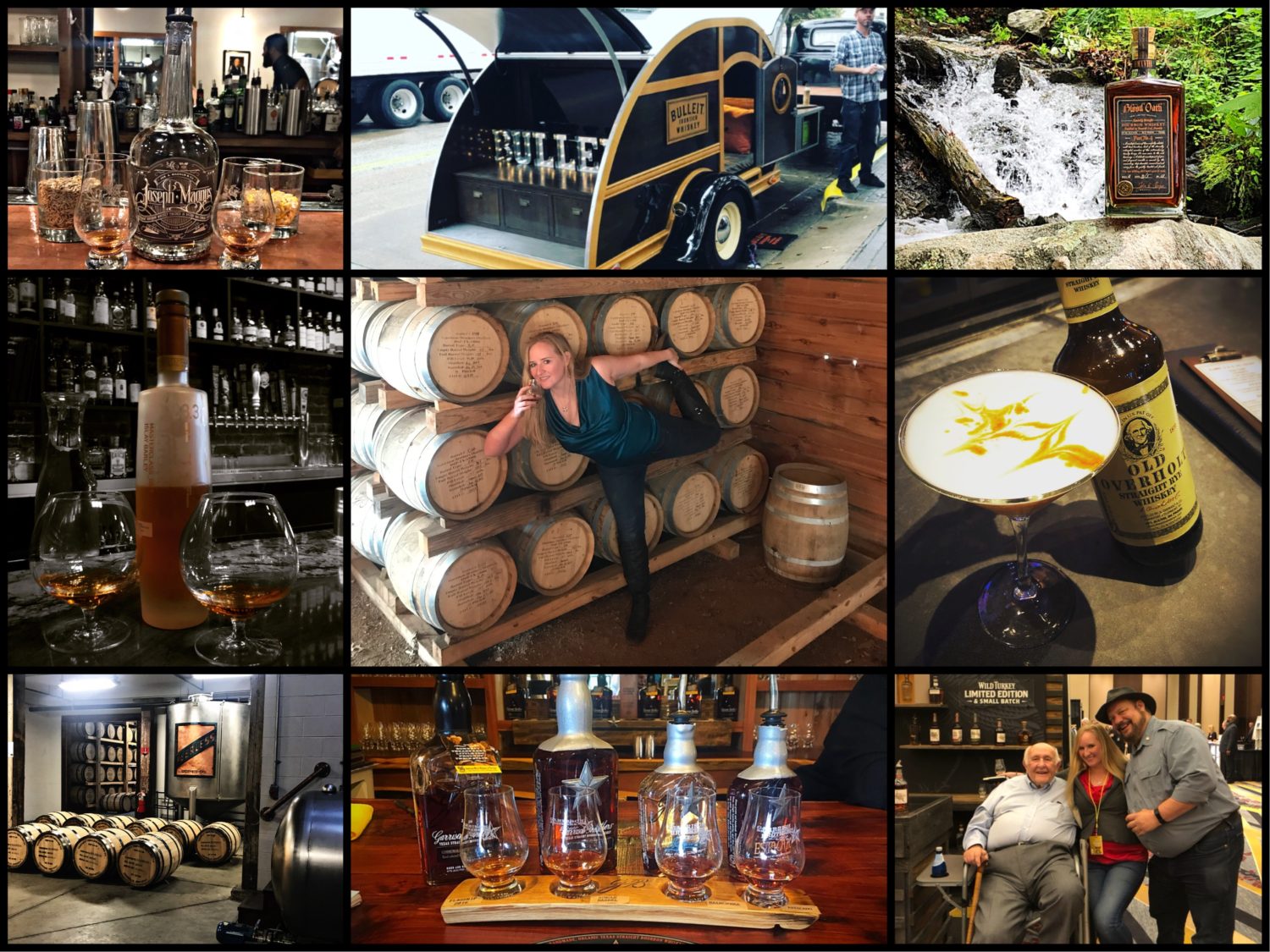Which Whiskey and how is it made? Part 3 Scotch: Only better with age

Scotch whiskey was my first love. The earliest record of scotch was a 1494 tax record for aqua vitae or water of life. Both the Gaelic people and I agree that this nickname for scotch is absolutely fabulous, even if it is stolen from Irish whiskey. It is rumored that the art of distilling came to Scotland from traveling monks, although not confirmed. It seems that the big man upstairs has played a large role in the evolution of whiskey. For all of you “I only drink single malt, thank you” scotch fans, the original scotches were all blended. Although single malts might make you feel fancy, there are plenty of delicious blended scotches out there. Single malts are only possible today because of years of distilling experience and legal regulations to prevent heath issues and a poor tasting product.
The Scotch Whiskey Regulation of 2009 mandates first and foremost that Scotch has to be distilled and aged in Scotland. Shocking right? To get its distinctive flavors the barley goes through a extensive malting process. The barley is soaked in water until it starts to germinate or grow, then it is dried in a kiln with smoke, and sometimes with peat. This provides the scotch with the wonderful, distinctive, smoky peaty flavors that make it stand out from other whiskeys. Once the barley is dried, it is mashed, sometimes with corn and wheat, and put into a warm romantic bath with its close friend yeast. The yeast eats the sugars, digests it and produces our favorite by-product, alcohol. Like bourbon and rye, scotch is double distilled. (Remember the first time filters out the alcohol, the second time is used to prevent blindness and death by filtering out harmful chemicals.) The distilling process need to be ensure that the scotch is distilled at less than 190 proof. This ensures that you get yummy whiskey, not yucky vodka. All vodka hating aside, the lower proof ensures the magical Scottish brew keeps all the flavors from the malted barley. After distilling is complete, the scotch has to be aged in oak barrels for a minimum of three years, but can be aged until it is old enough to retire. Like Sean Connery, scotch only gets better with age. However, a scotch as old as Sean Connery, it probably shares his net worth. The barrel used to age the scotch does not have to be new. Scotches can be aged in used bourbon, rye, rum, sherry, wine, and other use barrels to get the distinct and creative flavors found in some of my favorite Balvenie’s and Glenmorangie’s. Before it is bottled, the distiller can only add water and caramel coloring. Scotch has to be bottled at least 80 proof and has several different categories for legal labeling.

There are five different classifications of scotch. Single malt scotch is generally considered the highest quality scotch. The rules for making single malt scotch are that the mash can only contain a single type of malted barley and water. It also has to be distilled and aged at a single distillery. The second type is single grain scotch, because it is made from one grain? No, actually it is made from mixed grains. Surprisingly, the word “single” indicates that the scotch has to be produced from a single distillery. As opposed to blended scotch whiskey that is a blend of one or more grains for the mash, or it can be any blend of the first two types made at a single distillery. The forth type, blended malt scotch whiskey, consists of single malt scotches from different distilleries. The fifth and last type is blended grain scotch whiskey, a blend of two or more single grain scotches from different distilleries. Legally the scotch classification must be displayed on the label as well as an age statement displaying the age of the youngest scotch used. My favorite scotches can legally drink their own scotch. If you’re into younger scotches, you never have to worry about them lying about their age. Now that you have some scotch knowledge, go to the liquor store, pick out the most beautiful bottle of scotch that you can afford, take it home, and enjoy.
Which Whiskey and how is it made? Part 4 Irish Whiskey: They put the “e” in Whiskey

